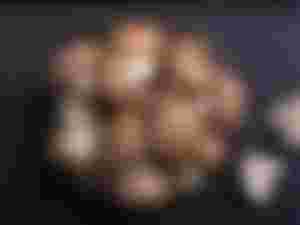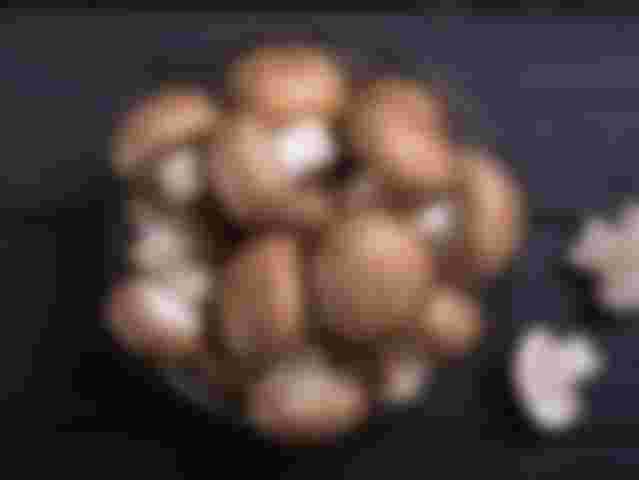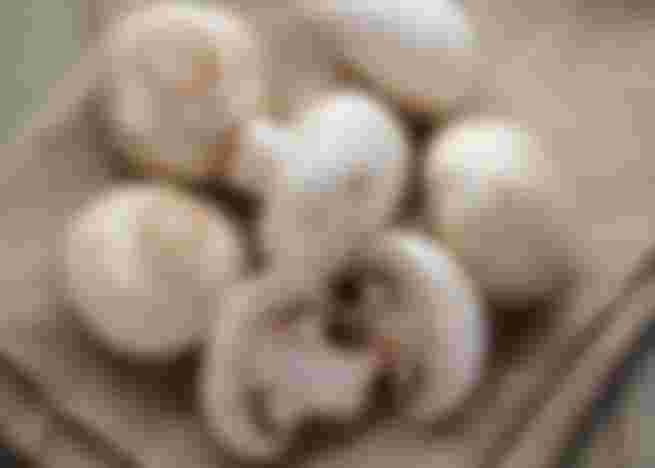
Mushroom, of some fungi, usually of the order Agaricales in the phylum Basidiomycota but also of some other species, the conspicuous umbrella shaped fruiting body (sporophore). To classify edible sporophores, the term mushroom is widely used; the term toadstool is also reserved for inedible or poisonous sporophores. There is, however, no empirical difference between the two terms, and some fleshy fungus fruiting structure can be properly applied to either. Mushroom refers to the common edible fungus of fields and meadows (Agaricus campestris) in a rather restricted context. A species which is very closely related, A. The mushroom, bisporus, is commercially cultivated and seen in markets.
In the agaric family (Agaricaceae), members of which carry small, blade-like gills on the underside of the cap from which the spores are expelled, umbrella shaped sporophores are found primarily. The agaric sporophore is shaped by a cap (pileus) and a stalk (stipe). The sporophore arises from an extensive network of thread-like strands (mycelium) underground. The honey mushroom is an instance of an agaric (Armillaria mellea). Depending on the available food supply, mushroom mycelia can live for hundreds of years or die in a few months. A mycelium will grow a new crop of sporophores each year during its fruiting season, as long as nourishment is available and temperature and moisture are sufficient.

Determining the Porosity of Mushroom 🍄
Porosity is determined for every mushroom through vacuum infiltration. The loss of water is measured at various thermal treatment temperatures. As a result of thermal treatment, the collapse phenomenon of the pore process is studied by giving thermal treatment to mushrooms in which pores have previously been partially filled with isotonic solution. For all our experiments, we have used white button mushrooms (Agaricus bisporus) with a cap diameter in the range of 4 to 5 cm. The mushrooms were collected within 2 h of their harvest and processed for experiments at a temperature of 4 ° C and 95 per cent RH before they were used. The porosity of the mushroom after vacuum impregnation with the isotonic solution is determined by the weight gain of the mushroom. Mushroom caps are immersed in an isotonic solution. Subjected to a fixed vacuum of 20 mbar for 10 min at room temperature.
Determining the Density of Mushroom 🍄
Common mushroom (A. bisporus) with closed veils and with cap diameters ranging from 30 to 40 mm were purchased at a local market. In order to calculate the distribution of density inside a mushroom, the cap and tripe tissue were fractionated. From ten halved mushrooms, fractions were collected, resulting in two groups of nine fractions. The gills were cut and these measurements were not taken into consideration. Both nine fractions of both classes of washed mushrooms had a density of Gauged calculated. The density was measured by means of the mushrooms' underwater weight. Immediately after it was brought under water, the weight of the fraction obtained in a basket hanging under a balance was read. No coating of these mushrooms was required (Konanayakam 1987), as no visible water absorption took place within five seconds of the recording of the underwater weight.
The density (g / cm3) is the weight quotient of the fractions and their weight under water. The inverse of the density is the real volume (cm3 / g). The mass yield (m / m) is the quotient of the weight of the specific mushroom or mushroom fraction after the necessary treatment (vacuum soaking, cooking and sterilization) and the fresh weight. The volume yield (v / v) is the volume quotient after cooking and the volume of the same raw fraction of the mushroom or mushroom. It is assumed that the volume after cooking is equal to the weight, with the cooked mushroom density predefined as 1.0 (g / cm3). The fractions of one group of 10 halves were immediately cooked after density measurements and the other group was vacuum-soaked before cooking.
The vacuum soaking was carried out by holding the mushroom tissue under water in a vacuum desiccator for 10 minutes. After that, the vacuum was released and the air between the hyphae replaced the water. The fractions were cooked in water for 10 minutes and cooled in around 15 ° C water for 5 minutes. The fractions were then weighed again after cooling. These determinations have been replicated four times in total. Individual mushrooms of two batches were sterilized at 116 ° C in cans of 212,5 ml for 25 minutes, 0f 10 minutes at 100 ° C after blanch care.
Density and Porosity Measurement Methods
The experimental determination of a material's structural properties is based on determining the density, apparent volume, and true volume. Mass is defined by calculating the weight of the sample. There are several methods for apparent and true amount. The methods most widely used for apparent volume measurements are:
Methods of volumetric displacement: the apparent volume is measured by putting the sample in a known liquid volume container and calculating the displacement of the volume;
Methods of dimension: the apparent volume is determined by combining a number of micrometer C-dimension measurements, assuming spherical or slab shapes;
Methods of the stereopycnometer: the sample is coated with silicone grease in order to render it impervious to gases and the stereopycnometer tests its apparent volume;
Methods of buoyant force: The apparent volume is measured by calculating the buoyant force applied to the sample while the coated sample is submerged in a known liquid.


Nice. Very informative article. Thanks for sharing been busy lately so I can update any here in rc hays